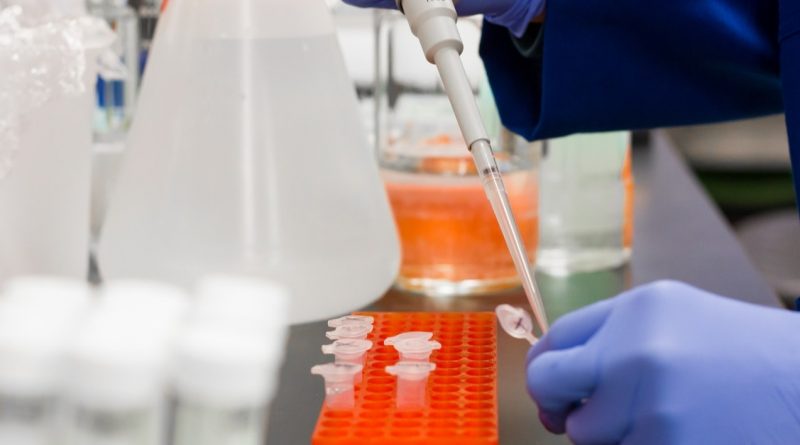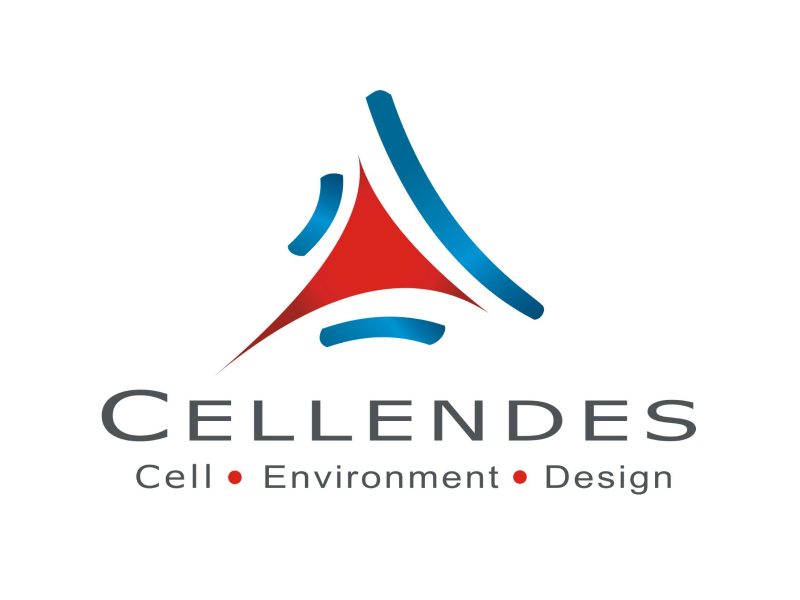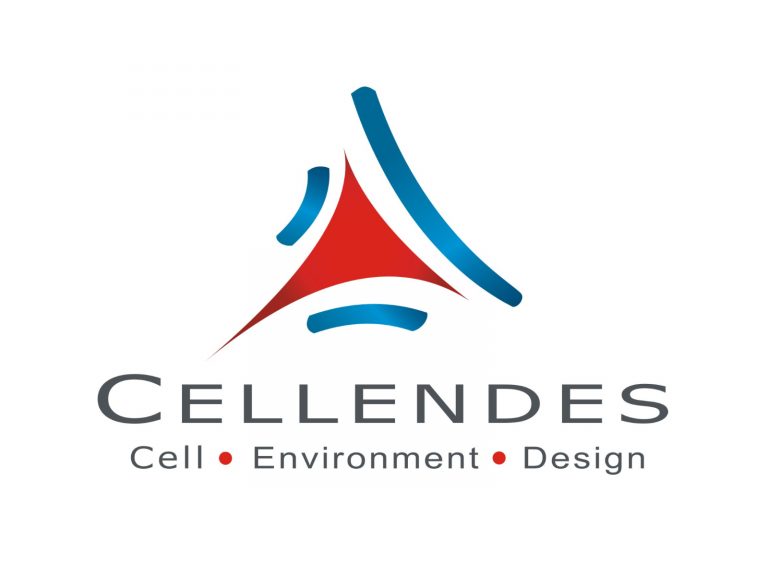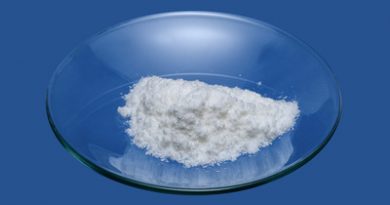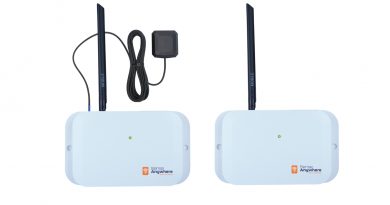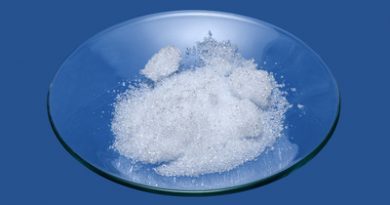Synthetic Peptides for Cell-Matrix Adhesion
Cellendes specialises in synthetic peptides for cell-matrix adhesion. Cellular adhesion to the hydrogel matrix, which is essential for cellular growth, differentiation, and survival in many cell types, can be enabled by matrix-bound adhesion peptides.
Synthetic Peptides for Cell-Matrix Adhesion
Cellendes offers synthetic peptides with motifs that cellular surface receptors can identify. The 3-D Life Adhesion peptides are covalently attached to polymers enabling adhesion to the hydrogel matrix.
Cell-Adhesion Peptides (CAPs)
As a substitute to natural extracellular matrix (ECM) macromolecules, synthetic cell-adhesion peptides (CAPs) have made a big impact on the design of cell culture platforms.
The overall architecture of a tissue is determined by adhesion mechanisms that involve not only cell-cell interactions but also cell-matrix interactions. Adhesion motifs of many extracellular matrix proteins have been identified in the past decades and used as peptides in 2D and 3D cell culture. The amino acid sequence RGD is found in various ECM proteins, such as fibronectin and vitronectin, and is the most common peptide motif used in cell culture.
3-D Life RGD Peptide
The 3-D Life RGD Peptide contains the RGD motif and a thiol group on the N-terminus. In 3-D Life Hydrogels, the thiol group is employed to bind the peptide on thiol-reactive polymers. The immobilized peptide enables the adhesion of cells carrying the appropriate integrin receptor. The 3-D Life RGD Peptide is available in the following variations.
Applications of the 3-D Life RGD Peptide
The 3-D Life RGD Peptide is used for modification of 3-D Life Hydrogels to provide a cell-adhesive matrix for 3D cell culture.
The cell-inert molecule Thioglycerol is provided to mock-modify the polymers creating an inert control matrix for cells. Using this mock modification in combination with RGD Peptide different concentrations of RGD Peptide can be incorporated in the hydrogel while keeping the hydrogel stiffness comparable between gels. Moreover, a scrambled version of the RGD Peptide is provided as a non-adhesive control peptide to prove the specificity of cell adhesion to the RGD peptide.




The 3-D Life GFOGER-3 Peptide
The 3-D Life GFOGER-3 Peptide is a new collagen mimetic peptide that spontaneously forms stable triple helices, similar to those found in fibrillar collagens such as collagen type I, II, IV, and XI. This unique structure promotes cell adhesion through integrin receptors, including α1β1 and α2β1, α10β1, and α11β1.
The peptide is modified with SH-groups at each end, which bind to SH-reactive groups of 3-D Life polymers. When hydrogels are formed by crosslinking these polymers with 3-D Life crosslinkers, the immobilized peptide enhances the adhesion of cells that carry the appropriate integrin receptors within the gels or on top of them.


For more information about synthetic peptides for cell-matrix adhesion please contact Cellendes today or request a quote: info@cellendes.com

